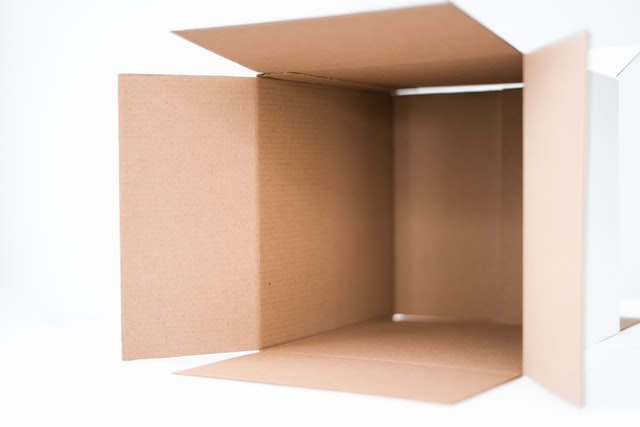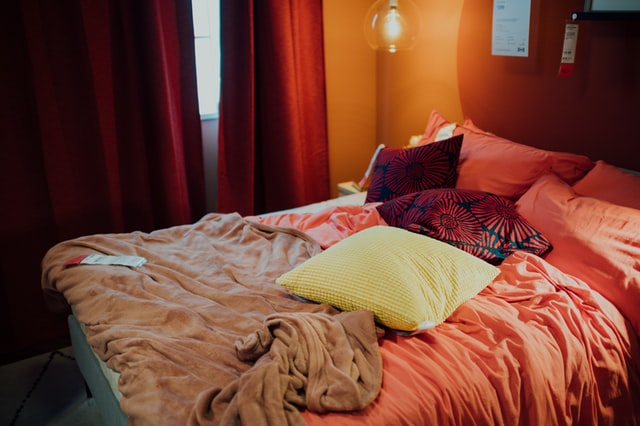Worm infection is common in almost every home. You can also find bed bugs in a luxury hotel if you know where to look. People usually find bedbugs in cracks, mattresses, furniture, bed seams etc. Can bedbugs live in cardboard?
Familiarize yourself with the signs of bed bugs
Knowing what bedbugs and bug infestation look like are the easiest ways to stop a problem from getting infected with vermin before it becomes a major crisis.
Bed bugs are oval, flat, brown and wingless insects with a length of ¼ inch. They can be found in box springs, mattresses, bed frames, wall sockets, cracks in the floor, and behind clocks and photos. According to the University of Minnesota, animals sometimes leave behind casings and deposit stains of feces or blood that look like dark red or brown smears on bedding, pillow cases, and mattresses.
Bed bugs living in boxes
Bed bugs are usually hitchhikers and are ironically transported by people themselves. If you were on a trip and stayed at a hotel, you probably brought your luggage home. When they get home, they will find hidden places, such as stacked cardboard boxes, bed seams, etc., and they will nest. They grow and spread very quickly, where female bugs can lay over 5 eggs a day. So, if you already have a problem with the worm and do not realize it, you need to seriously control the pests when you find out. If you used cardboard boxes in your home, take your things and check for bed bug infestation. However, you may not notice it because they may be between layers in the cardboard part of the carton. To find it, you tore your cardboard boxes in several places to explore. You will know that you have a problem with bugs when you find bite marks on your arms and shoulders.

Clean all items in the life area infected by the worms
- Give heat to clothing, bedding and other items that can withstand a hot dryer (household dryer at high temperature for 30 minutes) that kills bed bugs and eggs.
- Washing alone may not do the job.
- Store clean items in a closed plastic bag to make sure they are free of errors
- Physically check and clean furniture, skirting boards, behind socket covers and switches, etc., to remove visible bugs or eggs.
- Use closed plastic bags to transport any items that are moved from one place to another (e.g., clothes or other items to be heated in the dryer).
- Remove and clean curtains and drapery elements.
- Look for bed bugs, eggs and other evidence of bed bugs (e.g., Skins, hatched eggs) on furniture and remove – this will also help in assessing treatment success.
- Vacuum thoroughly, then remove and discard the vacuum bag:
- Close the vacuum bag in the plastic bag.
- Place in a basket outside.













